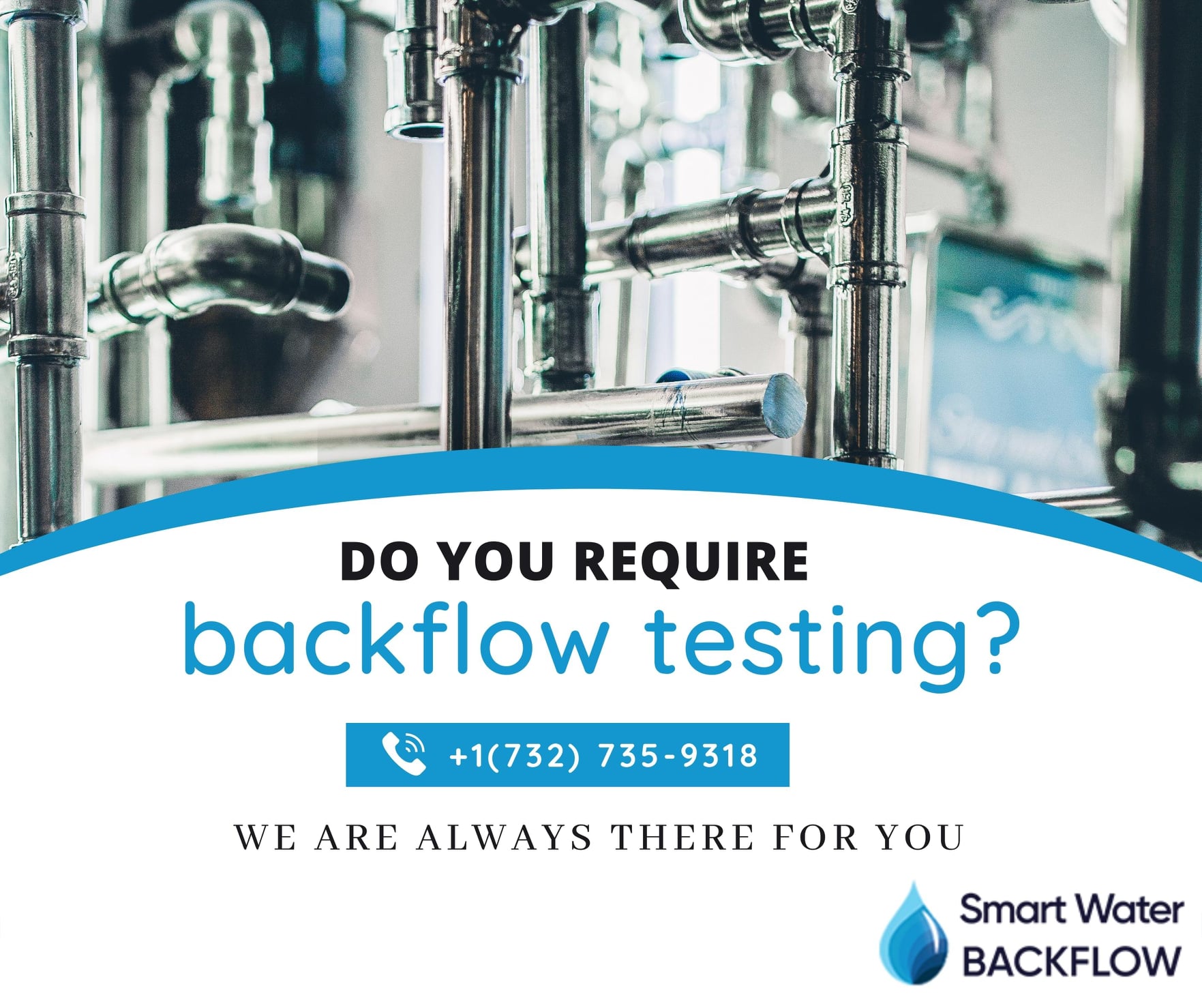Dual Check & PVB Valve: How to Install & Maintain Your System

For the drinking water supply to remain secure, backflow valve testing is crucial. Backflow is when water flows in the reverse way from where it was supposed to, which can lead to germs, chemicals, or contaminants getting into the water supply. PVB valves and double check valves are two examples of backflow prevention devices that are made to stop this from happening.
A dual check valve is a backflow prevention tool used to guard against potential contamination of the potable water supply. It is an important component in commercial and industrial plumbing systems and is straightforward yet crucial. Pressure Vacuum Breaker (PVB) valves are an additional form of backflow prevention device used in plumbing systems in addition to dual check valves. PVB valves shield the potable water supply from potential pollution, just like dual check valves do. This article will discuss how to install and maintain a dual check valve in your plumbing system.
Installation of Dual Check Valve
The installation process of a dual check valve involves the following steps:
- Firstly the water flow must be stopped at the spot where the valve will be fitted.
- Second, Trim the pipe to the proper length, then deburr the ends.
- Third, Use the proper fittings to attach the dual check valve to the pipe.
- Fourth, Use a wrench or pair of pliers to tighten the fittings while being careful not to over tighten them.
- Fifth, Activate the water supply to the location where the valve is installed and look for leaks.
- Sixth, ensuring the valve works fine after it has been installed is essential.
Maintenance of Dual Check Valve
It is necessary to perform regular maintenance to ensure its proper functioning. Here are some pointers to keep your dual check valve system in good working order:
Keep an eye out for leaks in the valve. Look for leaks. Any leak might cause water to be lost and jeopardize the valve’s integrity. Therefore, when you find any links, you need to contact a qualified plumber to fix them.
Clean the Valve: A dual check valve is susceptible to debris accumulation. To prevent clogging, clean the valve regularly. A licensed plumber should perform cleaning.
Replace the valve: A dual check valve may need a replacement if it has worn out over time. A qualified plumber should replace the valve.
Do Yearly Testing: Yearly examination is essential to ensure the valve is operating correctly. A qualified plumber should conduct the testing.
Maintain Cleanliness Around the Valve: To avoid harming the valve, keep the space close to it clear and clean. Make sure there is no water accumulating around the valve.
Look for damage on the valve: Check the valve frequently for damage. Get a qualified plumber to remedy the issue if you see any fractures or cracks in the valve.
Dual check valve installation is an essential component of a plumbing system that protects the potable water supply from contamination. It is crucial to install the valve correctly and to maintain it regularly to ensure its proper operation. By following the steps outlined in this article, you can install and maintain your dual check valve system effectively.
It is important to remember that installing or maintaining a dual check valve can be complex and requires specialized knowledge and tools. If you are not comfortable performing the installation or maintenance yourself, it is recommended that you contact a licensed plumber. They will have the necessary experience and expertise to install and maintain your dual check valve system safely and effectively.
Leave a Reply